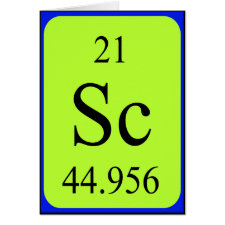
Authors: Suwanwong Y, Kulkeratiyut S, Prachayasittikul V, Boonpangrak S
Article Title: Effects of Polymerization Methods and Functional Monomers on Curcumin Imprinted Polymer Properties.
Publication date: 2014
Journal: Separation Science and Technology
Volume: 49
Issue: (7)
Page numbers: 1086-1095.
DOI: 10.1080/01496395.2013.871036
Abstract: Curcumin molecularly imprinted polymers (cur-MIP) were synthesized by three different polymerization methods including bulk, suspension, and precipitation polymerization resulting in irregular-shaped granules, microspherical, and nanospherical beads, respectively. Synthesized polymers are characterized by scanning electron microscopy and attenuated total reflectance FT-IR analysis. The binding capabilities of the imprinted polymers are assessed by equilibrium binding analysis. Two curcumin analogues were employed to study the binding selectivity. Results showed that the highest specific sorption capacity could be achieved by precipitation polymerization where the methacrylic acid-based and acrylamide-based cur-MIP provided specific sorption capacity of 89.3 and 37.4 nmol/g, respectively. For the selectivity testing, cur-MIP prepared by precipitation polymerization using methacrylic acid exhibited the highest selectivity towards curcumin. These results indicate that the precipitation polymerization using methacrylic acid as a functional monomer is suitable for synthesis of cur-MIP which can serve as a promising tool for curcumin extraction
Template and target information: curcumin
Author keywords: Curcumin, imprinted polymers, molecular imprinting, polymerization method



Join the Society for Molecular Imprinting

New items RSS feed
Sign-up for e-mail updates:
Choose between receiving an occasional newsletter or more frequent e-mail alerts.
Click here to go to the sign-up page.
Is your name elemental or peptidic? Enter your name and find out by clicking either of the buttons below!
Other products you may like:
 MIPdatabase
MIPdatabase









